
R Graph Cookbook
¥99.18
Targeted at those with an existing familiarity with R programming, this practical guide will appeal directly to programmers interested in learning effective data visualization techniques with R and a wide-range of its associated libraries.
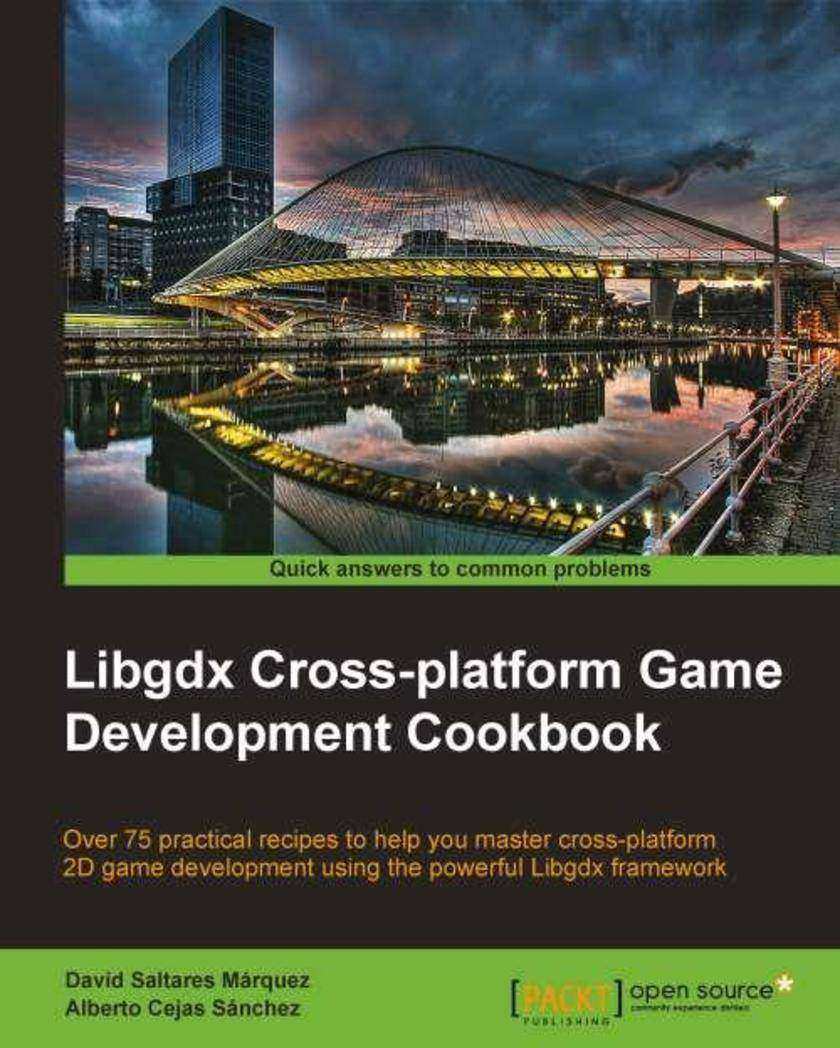
LibGDX Cross platform Development Cookbook
¥90.46
If you want to make cross-platform games without the hassle and dangers of writing platform-specific code, or If you are a game programmer who may have some experience with Java and you want to learn everything you need to know about Libgdx to produce awesome work, this is the book for you. To take full advantage of the recipes in this book, you are expected to be familiar with java with good game programming knowledge.
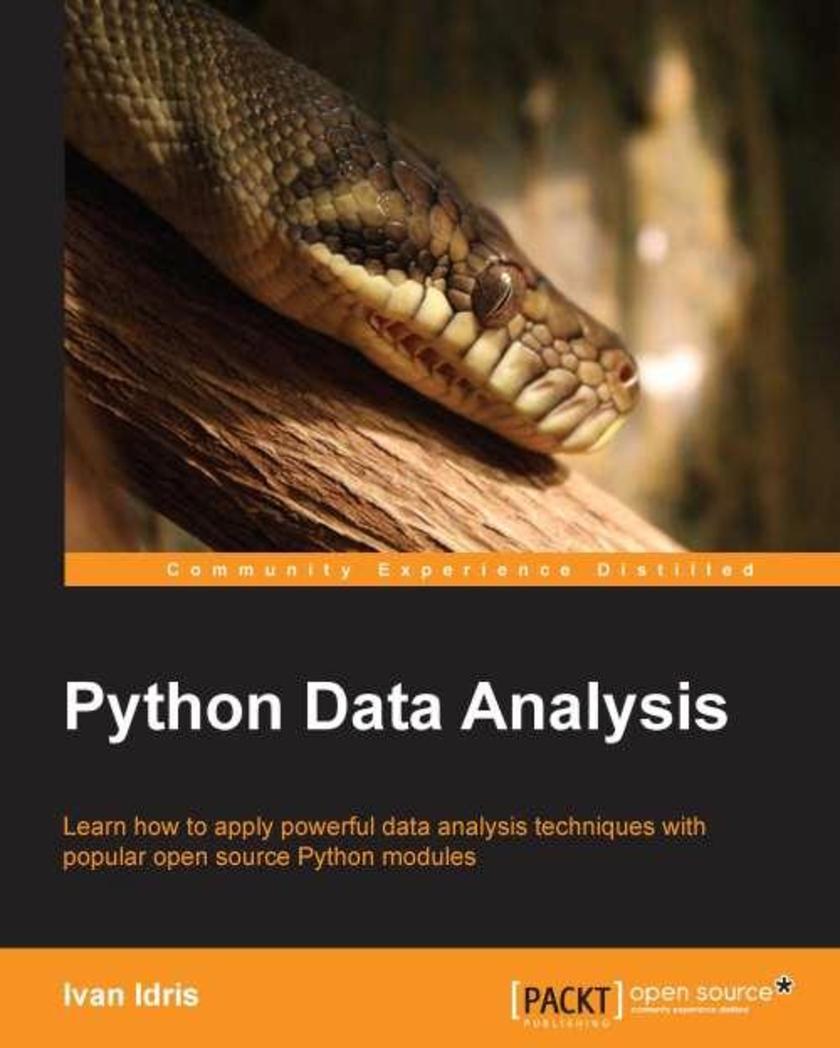
Python Data Analysis
¥90.46
This book is for programmers, scientists, and engineers who have knowledge of the Python language and know the basics of data science. It is for those who wish to learn different data analysis methods using Python and its libraries. This book contains all the basic ingredients you need to become an expert data analyst.
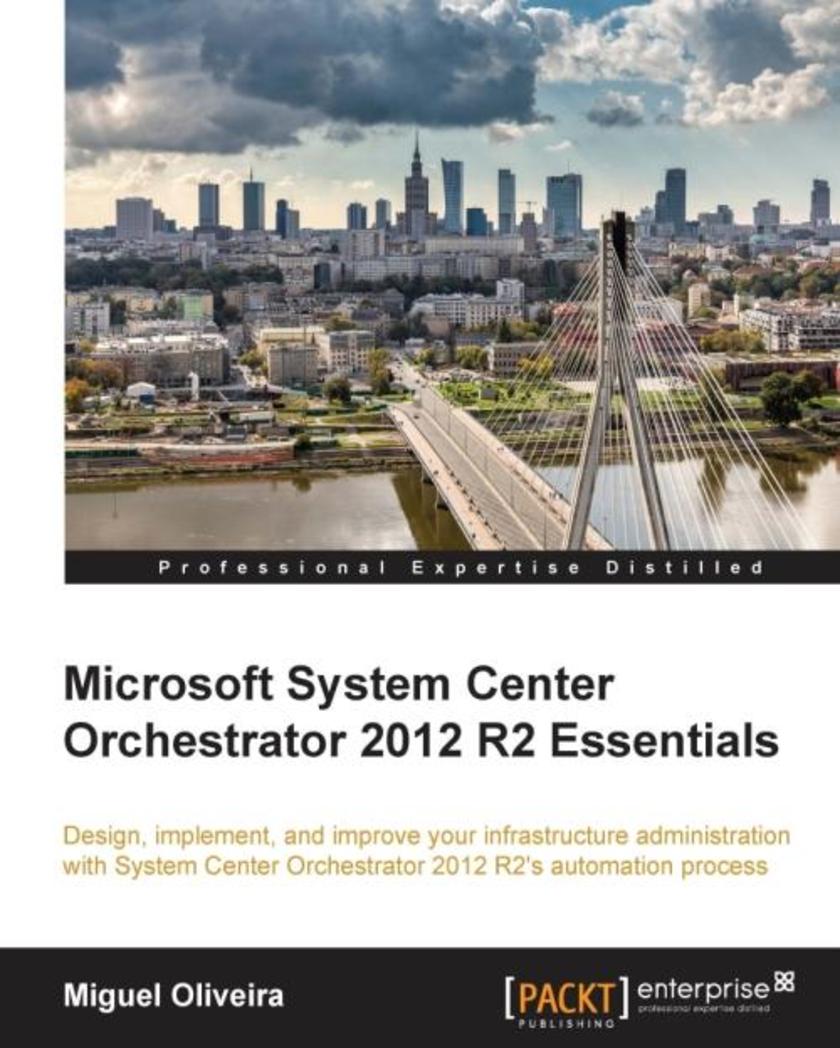
Microsoft System Center Orchestrator 2012 R2 Essentials
¥63.21
This book is targeted at those who want to gain time in their administrative tasks and profit from it to also improve their environment by reaching a more autonomous infrastructure.
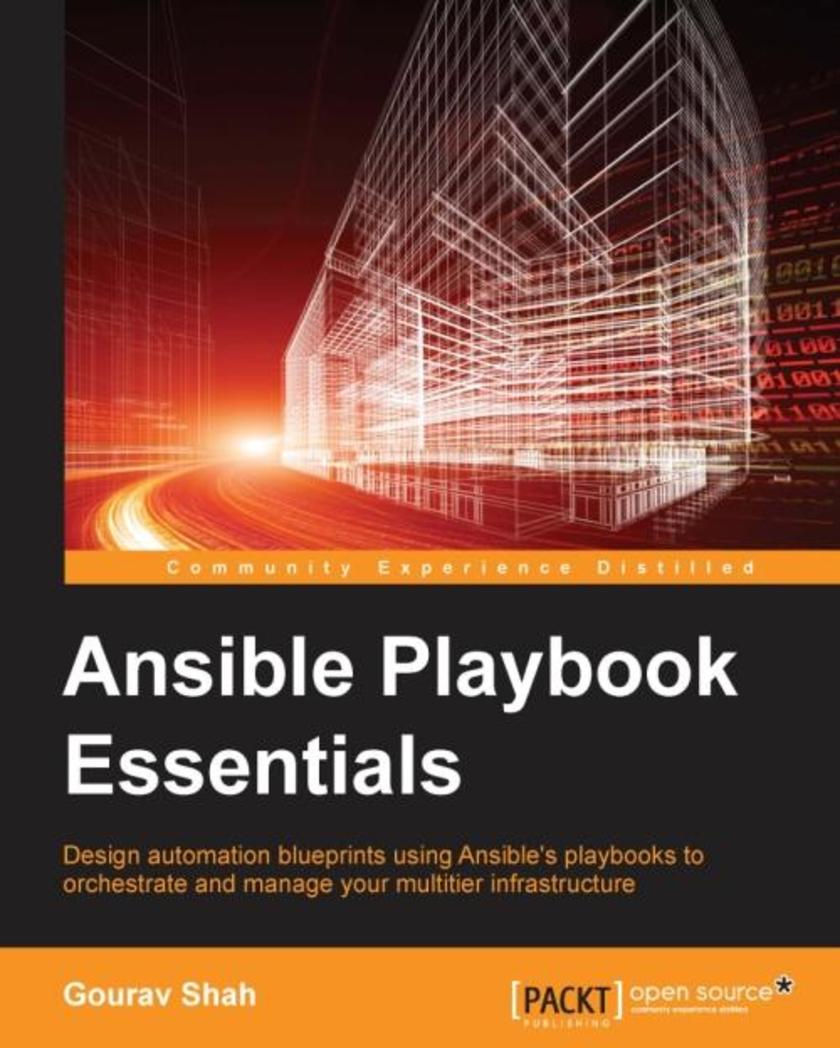
Ansible Playbook Essentials
¥54.49
If you are a systems or automation engineer who intends to automate common infrastructure tasks, deploy applications, and use orchestration to configure systems in a coordinated manner, then this book is for you. Some understanding of the Linux/Unix command-line interface is expected.
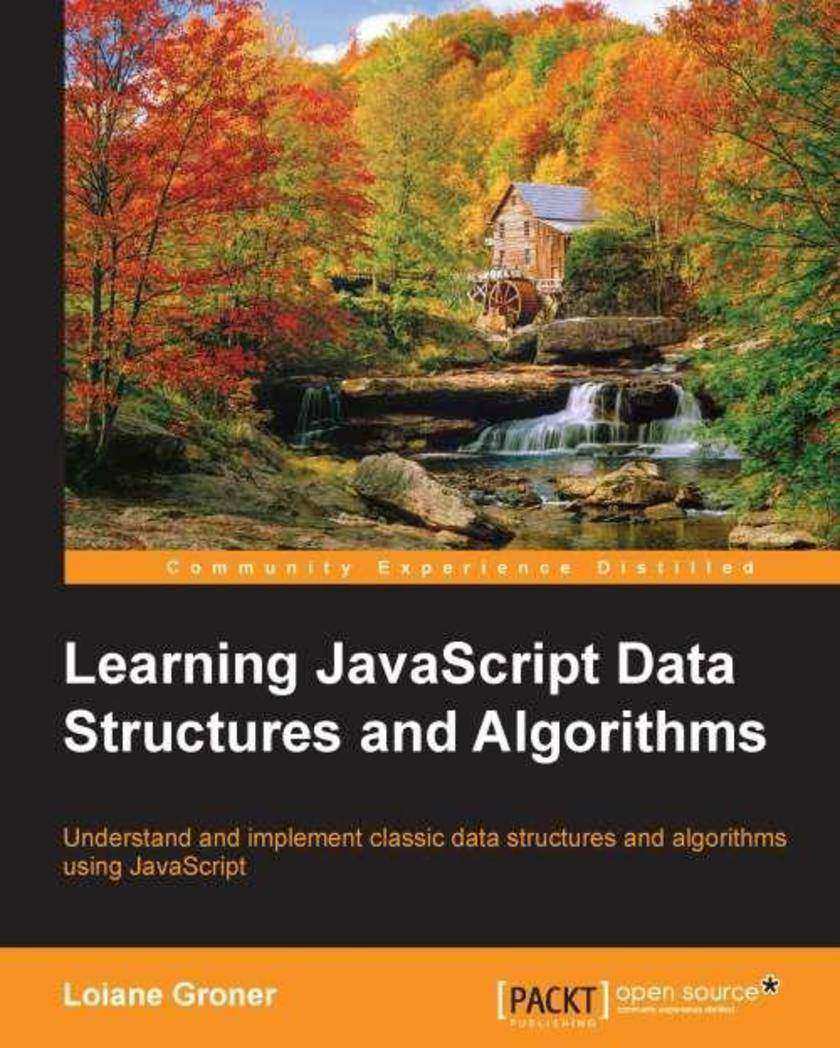
Learning JavaScript Data Structures and Algorithms
¥80.65
If you are a JavaScript developer or someone who has basic knowledge of JavaScript, and want to explore its optimum ability, this fast-paced book is definitely for you. Programming logic is the only thing you need to know to start having fun with algorithms.
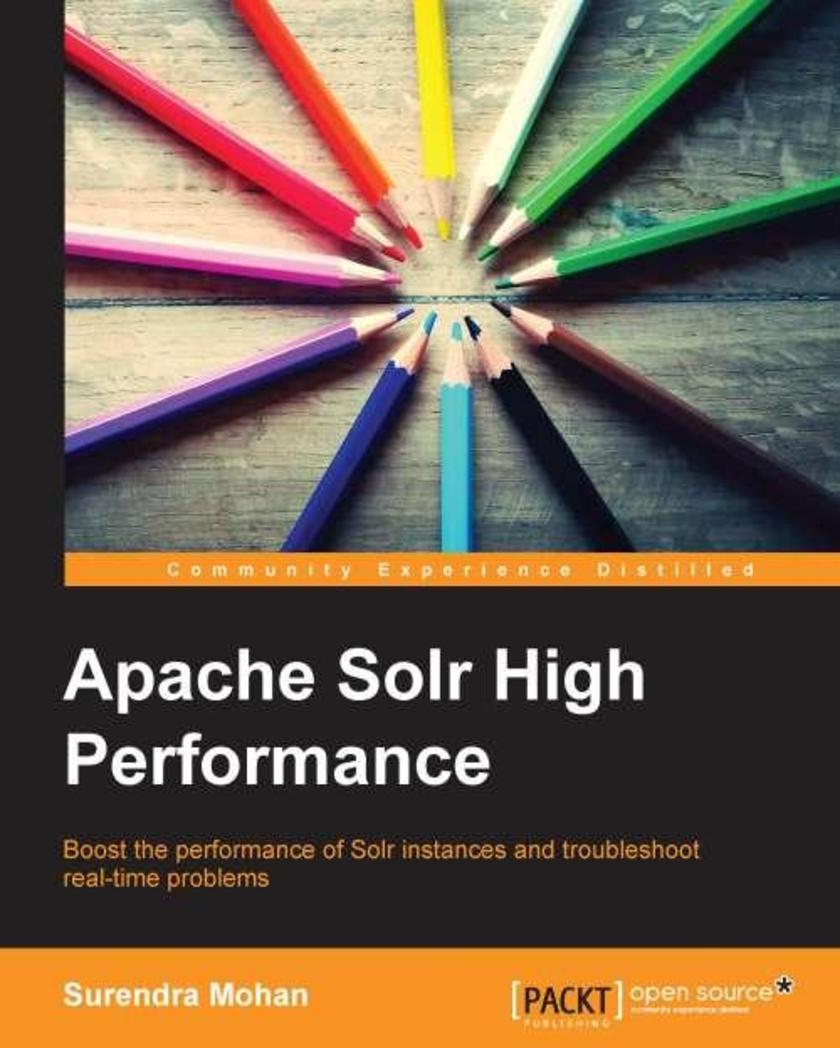
Apache Solr High Performance
¥63.21
This book is an easytofollow guide, full of handson, realworld examples. Each topic is explained and demonstrated in a specific and userfriendly flow, from search optimization using Solr to Deployment of Zookeeper applications. This book is ideal for Apache Solr developers and want to learn different techniques to optimize Solr performance with utmost efficiency, along with effectively troubleshooting the problems that usually occur while trying to boost performance. Familiarity with search servers and database querying is expected.
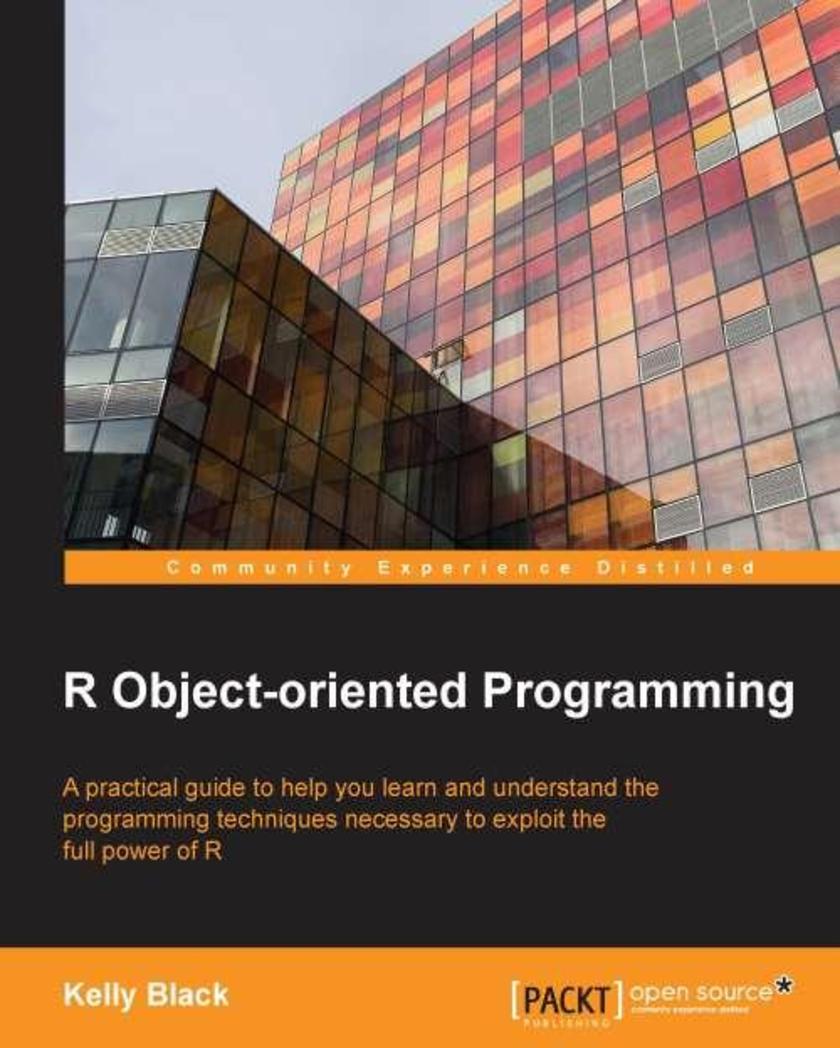
R Object Oriented Programming
¥80.65
This book is designed for people with some experience in basic programming practices. It is also assumed that they have some basic experience using R and are familiar using the command line in an R environment. Our primary goal is to raise a beginner to a more advanced level to make him/her more comfortable creating programs and extending R to solve common problems.

Dart Cookbook
¥80.65
If you are a Dart developer looking to sharpen your skills, and get insight and tips on how to put that knowledge into practice, then this book is for you. You should also have a basic knowledge of HTML, and how web applications with browser clients and servers work, in order to build dynamic Dart applications.
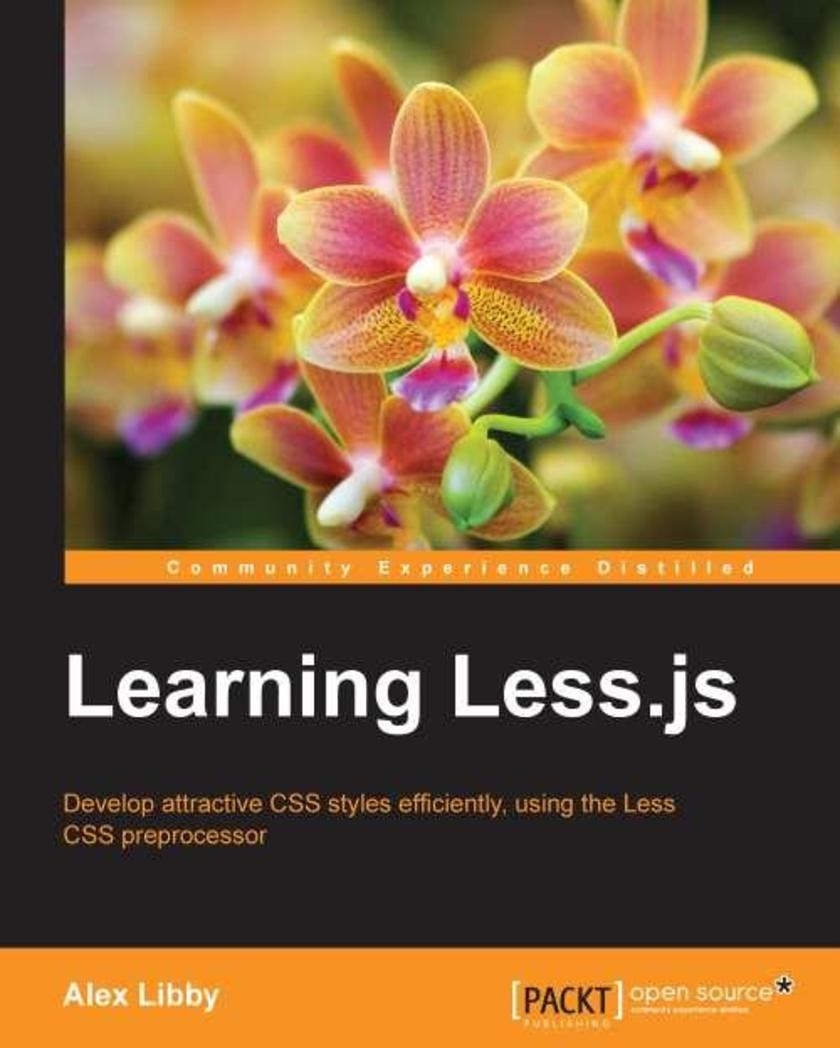
Learning Less.js
¥80.65
If you are a designer or developer who wants to quickly learn how to harness the power of Less.js to write more efficient CSS styles that can be applied to a website of any size, then this book is for you. This book will help you master both the basic functions and advanced features of Less.js. It would be helpful to have some familiarity of writing CSS styles, although no prior experience of using CSS preprocessors is required.
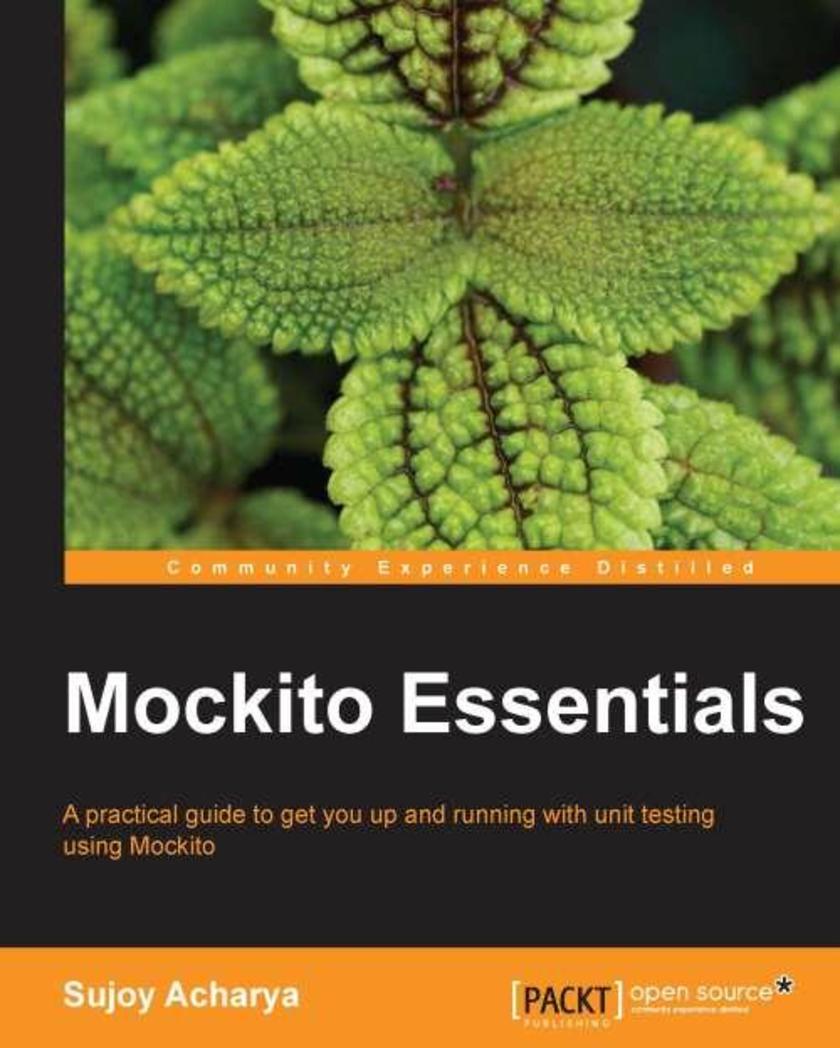
Mockito Essentials
¥54.49
This book is ideal for developers who have some experience in Java application development as well as some basic knowledge of test doubles and JUnit testing. This book also introduces you to the fundamentals of JUnit testing, test doubles, refactoring legacy code, and writing JUnit tests for GWT and web services.
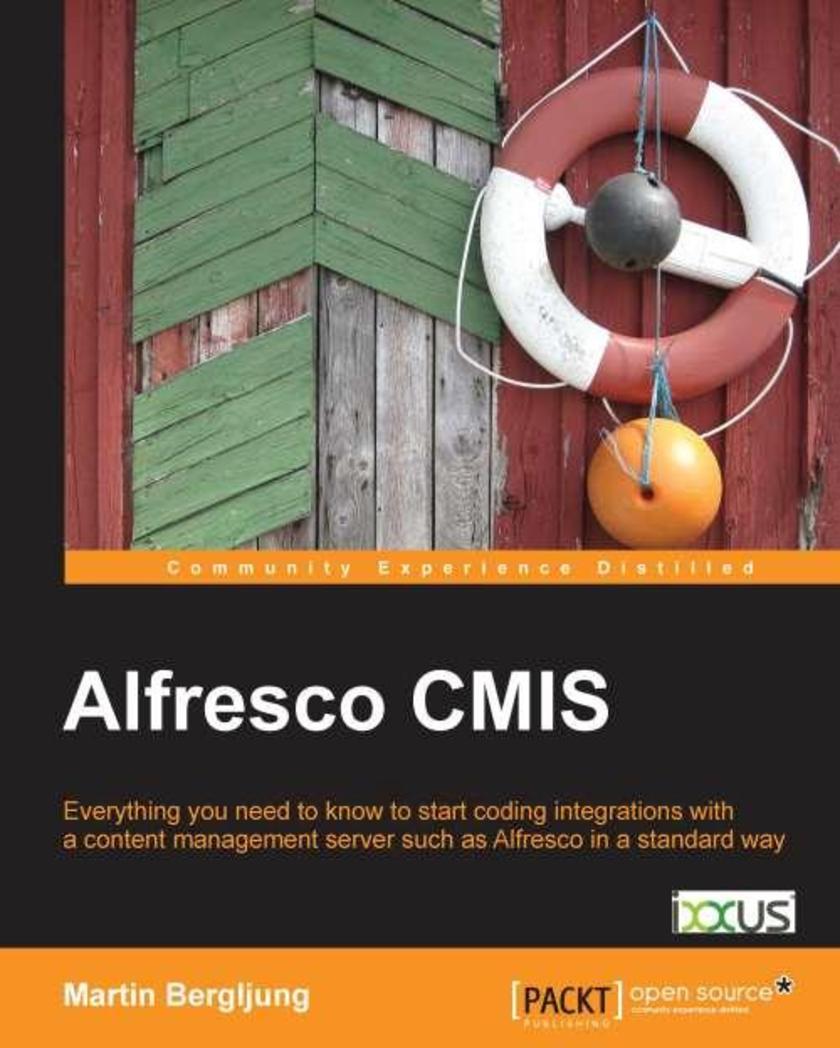
Alfresco CMIS
¥59.94
The book will show readers how to use Alfresco’’s implementation of CMIS through a tutorialbased approach. It also has plenty of examples to help illustrate the concepts that you will learn. If you are a developer who wants to learn how to build applications that talk to content management servers in a standard way using CMIS, this book is ideal for you. It will be helpful if you have a bit of programming experience, although it is not necessary.

Oracle ADF Faces Cookbook
¥90.46
This is a cookbook that covers more than 80 different recipes to teach you about different aspects of Oracle ADF Faces. It follows a practical approach and covers how to build your components for reuse in different applications. This book will also help you in tuning the performance of your ADF Faces application. If you are an ADF developer who wants to harness the power of Oracle ADF Faces to create exceptional user interfaces and reactive applications, this book will provide you with the recipes needed to do just that. You will not need to be familiar with Oracle ADF Faces, but you should be comfortable with Java application development, Java EE frameworks, and JSF. This book is also for ADF developers who know how to use Oracle ADF Faces but who want to know what’s new in Oracle ADF Faces 12c.
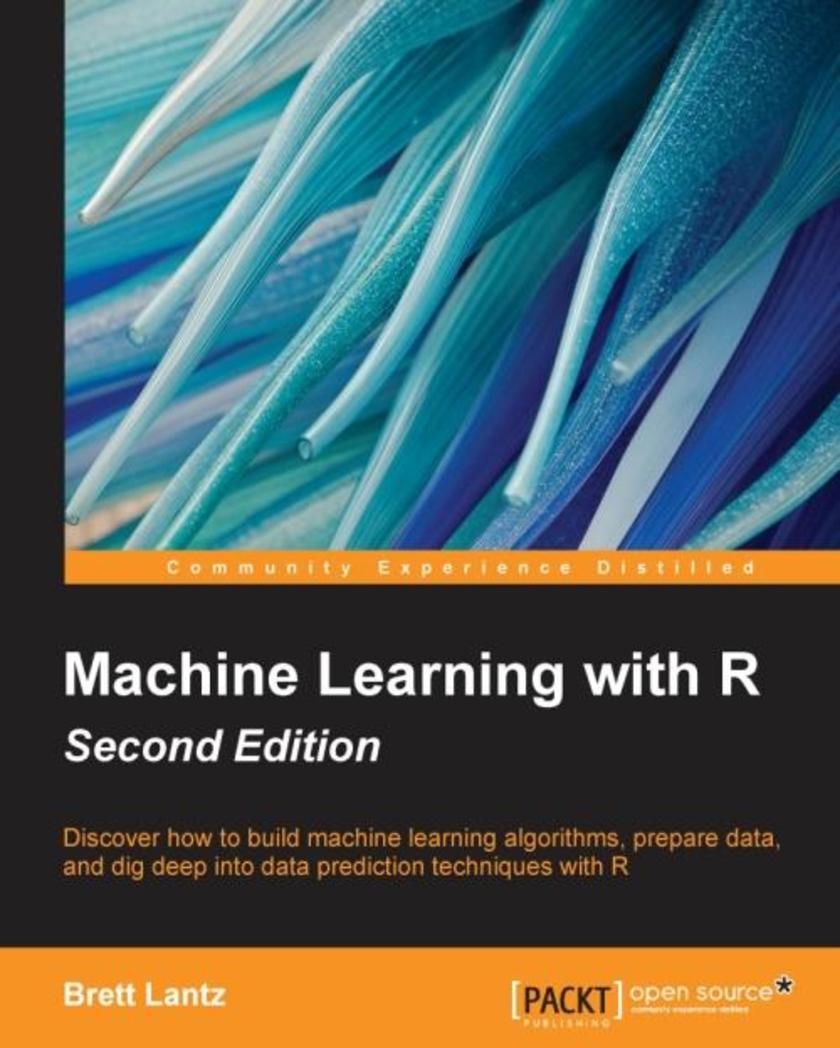
Machine Learning with R - Second Edition
¥99.18
Perhaps you already know a bit about machine learning but have never used R, or perhaps you know a little R but are new to machine learning. In either case, this book will get you up and running quickly. It would be helpful to have a bit of familiarity with basic programming concepts, but no prior experience is required.
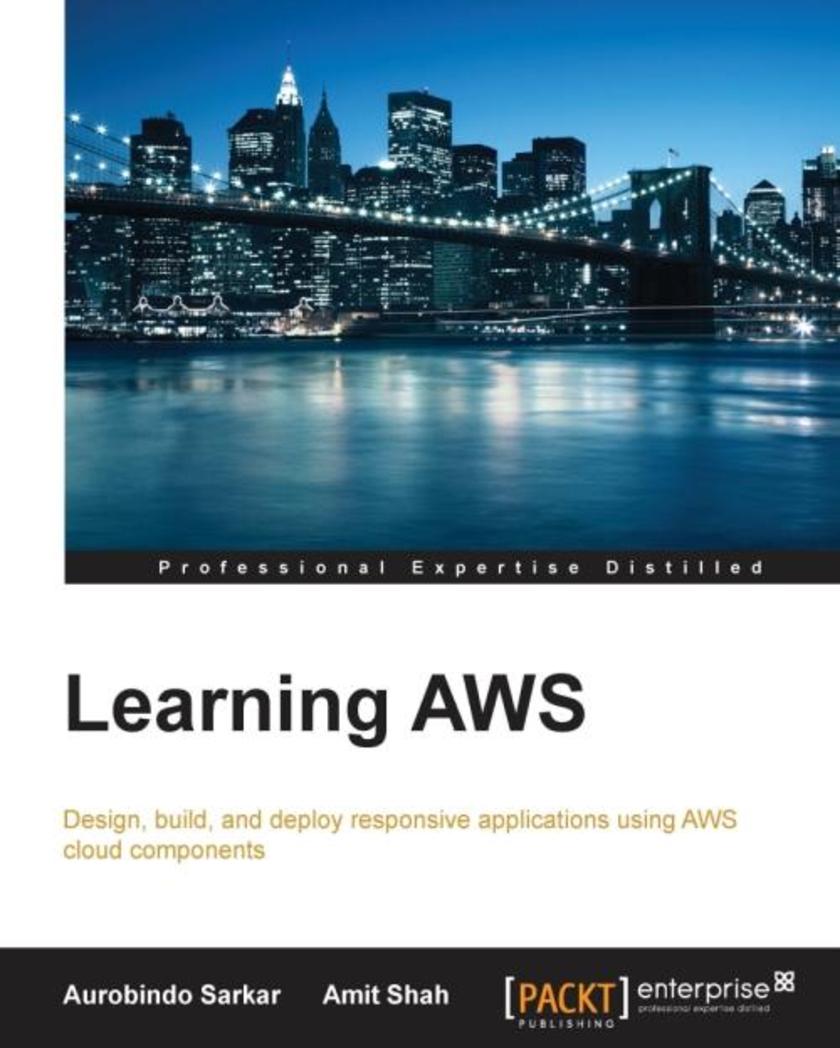
Learning AWS
¥90.46
This book is targeted at expert programmers and architects wanting to learn AWS. Some familiarity with Spring, MySQL, and RESTful web services is assumed.

Responsive Web Design by Example : Beginner's Guide - Second Edition
¥80.65
This is the ideal reference for both new and existing web developers who want to be able to augment their skills and showcase their content in a truly professional manner.

Heroku Cookbook
¥90.46
This book is intended for developers who want to learn what it takes to deploy and manage production level applications on Heroku. You may have already deployed applications to Heroku or may be entirely new to the platform. This book will get you up to speed quickly with all the knowledge needed to run real-world web applications on Heroku. When using the recipes in this book, it would be helpful to have some prior experience of working with Git and command line applications.
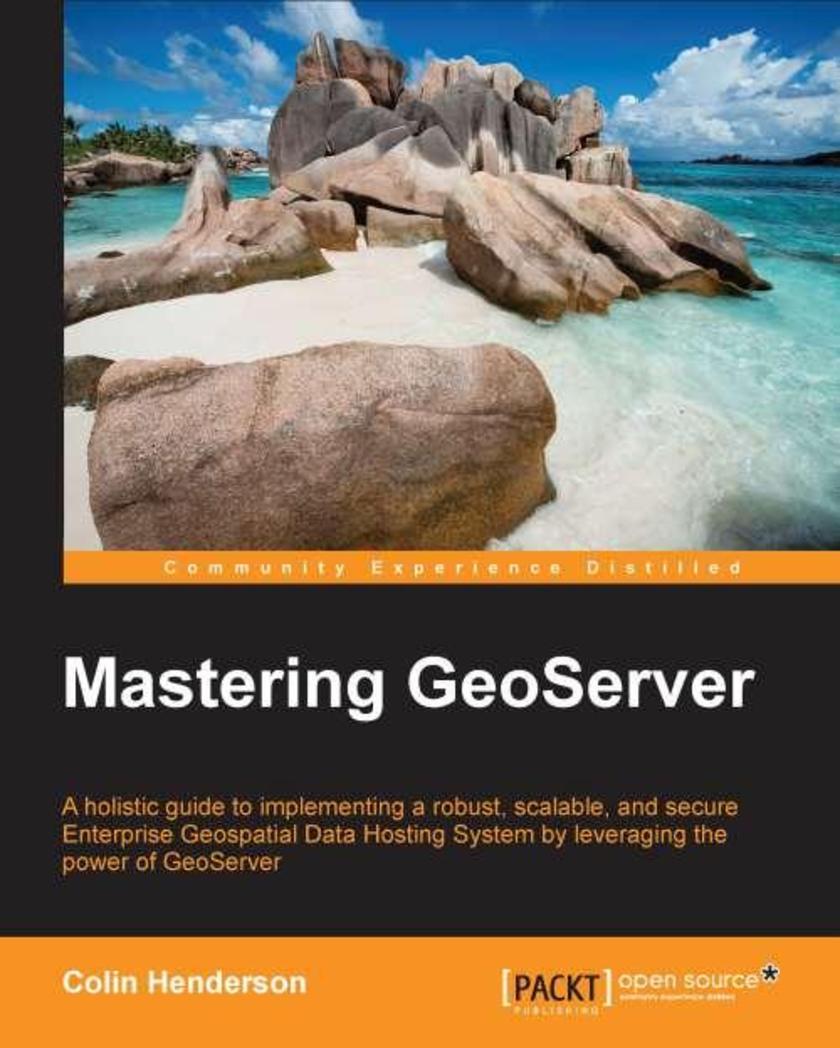
Mastering GeoServer
¥90.46
If you are a GIS professional who intends to explore advanced techniques and get more out of GeoServer deployment rather than simply delivering good looking maps, then this book is for you.

Mastering QlikView
¥107.90
If you are a business application developer or a system analyst who has learned QlikView and Qlik Sense and now want to take your learning to a higher level, then this book is for you. It is assumed that you are aware of the fundamentals of QlikView and have working knowledge of development and in-memory analytics.
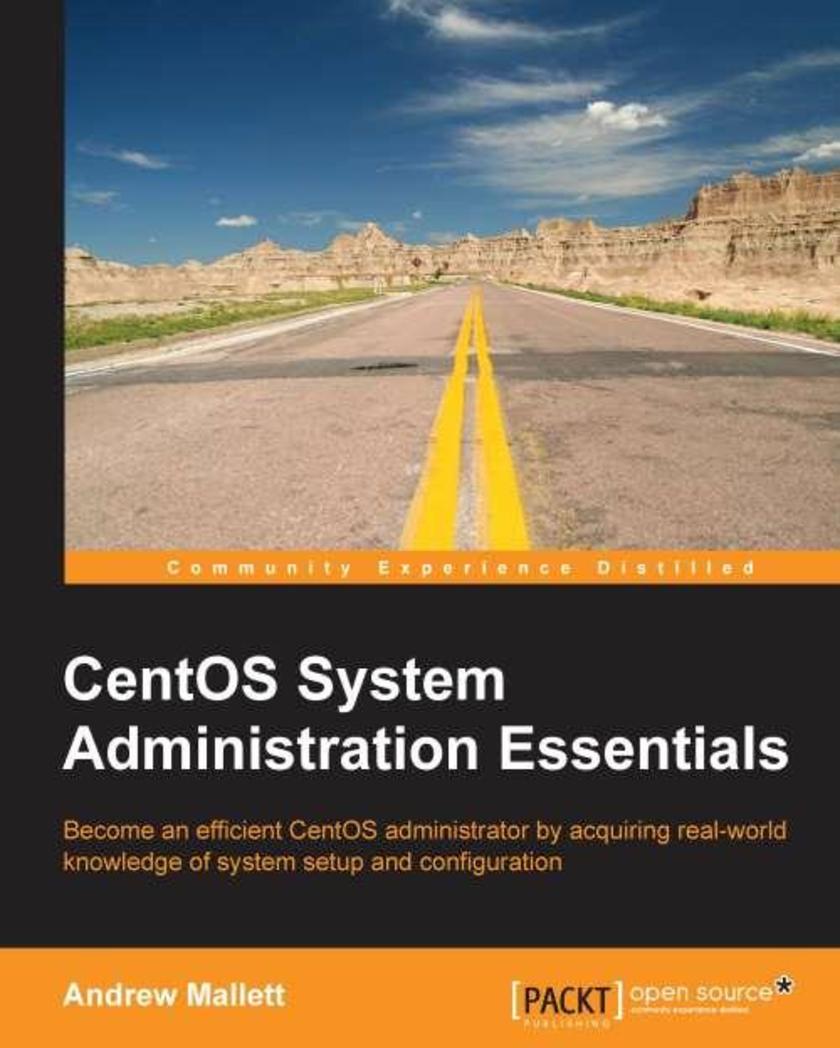
CentOS System Administration Essentials
¥49.04
If you are a Linux administrator who is looking to gain knowledge that differentiates yourself from the crowd, then this is the book for you. Beginners who have a keen interest to learn more about Linux administration will also progress quickly with this resourceful learning guide.
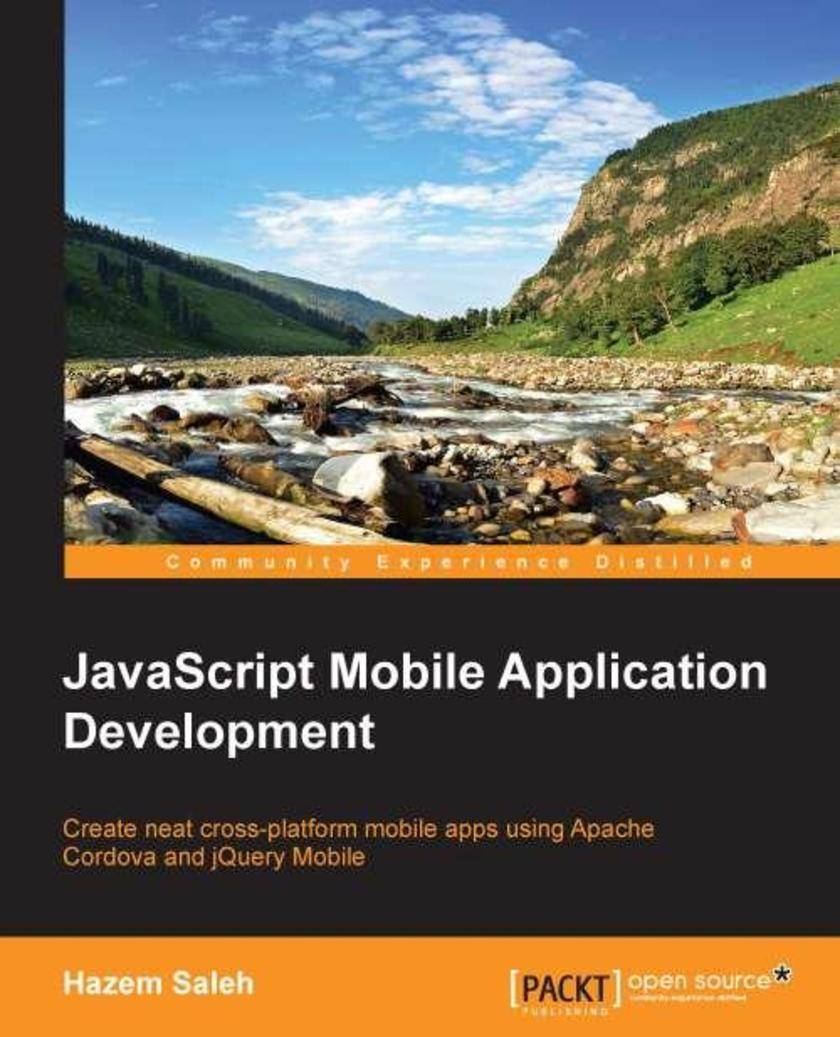
JavaScript Mobile Application Development
¥80.65
If you are a native mobile developer, with some familiarity with the common web technologies of JavaScript, CSS, and HTML, or if you are a web developer, then this learning guide will add great value and impact to your work. Learning how to develop mobile applications using Apache Cordova is of particular importance if you are looking to develop applications on a variety of different platforms efficiently.




 购物车
购物车 个人中心
个人中心



